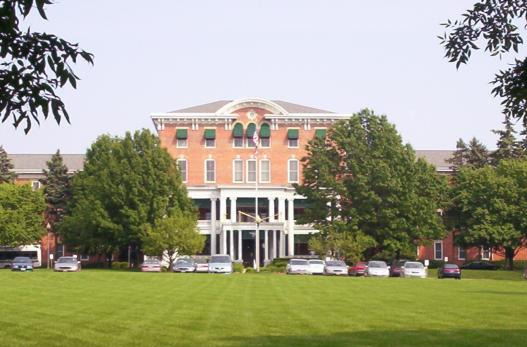Seniors Housing on a Tear, Reports Show
Multiple reports out of the seniors-housing sector all seem to be saying the same thing: Things are going very, very well. Studies by NIC MAP and Senior Housing Investment Advisors are both bullish on the sector's outlook.
October 27, 2011
By Nicholas Ziegler, News Editor
Multiple reports out of the seniors-housing sector all seem to be saying the same thing: Things are going very, very well.
According to NIC MAP, while overall construction activity continues to decline, seniors-housing occupancy rates continued its recovery in the third quarter of 2011 — remaining, on average, 88.1 percent. That rate is an increase of 0.2 percent from the previous quarter, continuing a 10-quarter rise from a low of 87.1 percent in 1Q10.
The occupancy rate for independent-living properties in 3Q11 averaged 87.9 percent, and the occupancy rate for assisted-living properties averaged 88.6 percent. Both property types showed improvement from the 2Q11 occupancy rates of 87.5 percent and 88.5 percent, respectively. The average occupancy rates for independent living and assisted living are now 1.0 and 1.1 percentage points, respectively, above their cyclical lows.
Michael Hargrave, vice president of NIC MAP, was pleased with the results. “With occupancy rising each quarter since 1Q10, it is clear we are past the bottom and are clearly in the recovery stage,” he said.
A report co-sponsored by Senior Housing Investment Advisors Inc. was similarly bullish. The findings were heavy on the REIT side, as the report noted that more than 90 percent of the buyers in the seniors-housing sector in 2011 were REITs, helping to buoy the pricing for Class A facilities.
The REITs have certainly helped raise the profile of the seniors housing industry by engaging in a number of mega deals, but they aren’t the only aggressive buyers, according to Mel Gamzon, president of Senior Housing Investment Advisors. “Much of the industry’s historic growth has come from buyers of single assets and portfolios in the $10 million to $200 million range, below the radar screen of the major health care REITs,” he said. Gamzon expects the velocity of these investment sales transactions to further increase as the U.S. economy slowly improves.








You must be logged in to post a comment.